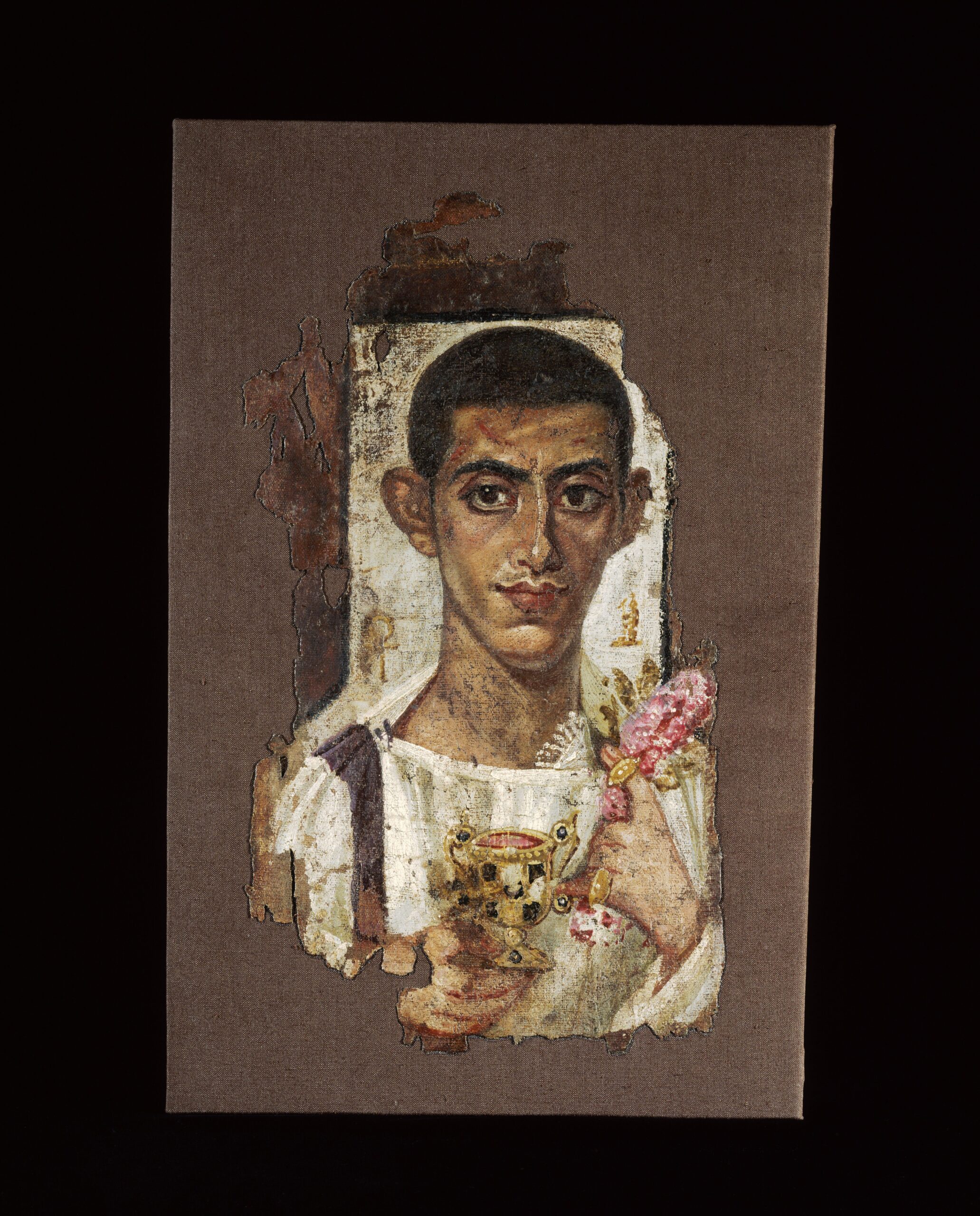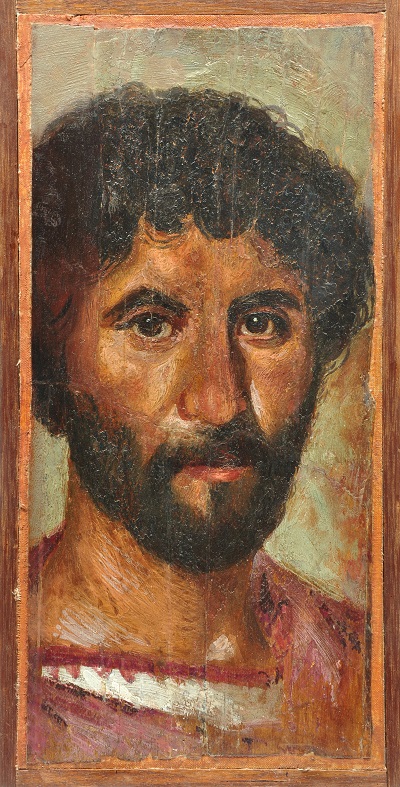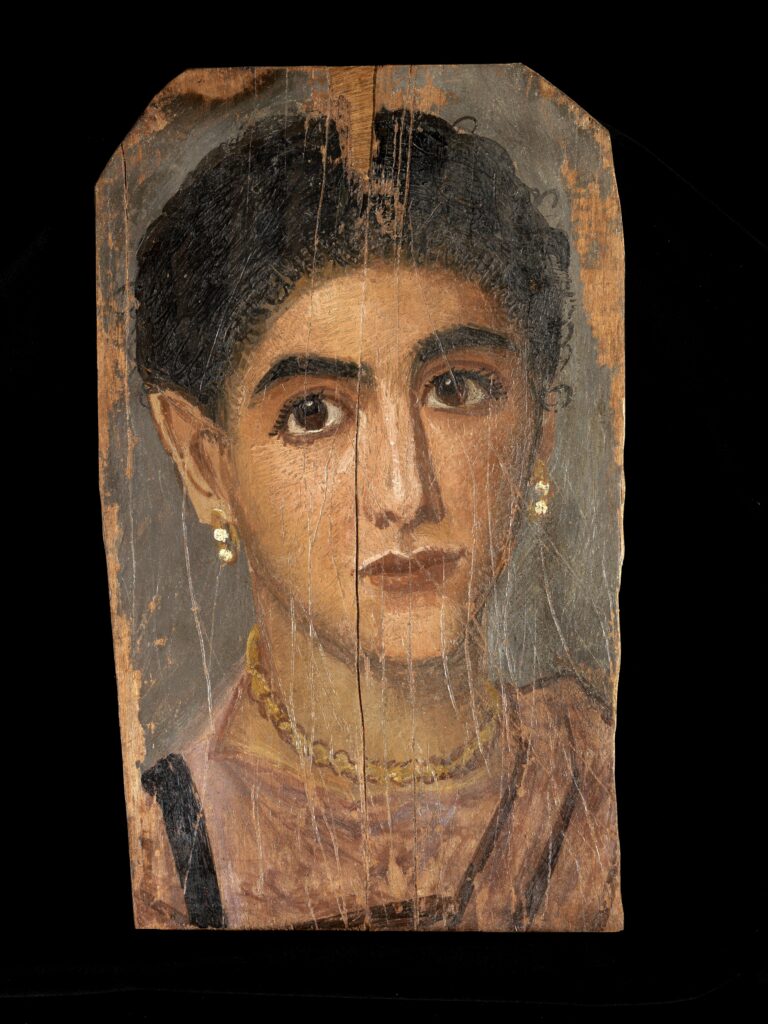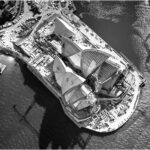Face to Face: the people behind mummy portraits – first Dutch exhibition about mummy portraits – opens at the Allard Pierson Museum from 6 October 2023
With Face to Face: The People Behind Mummy Portraits, the Allard Pierson is presenting the first exhibition about ancient Egyptian mummy portraits in the Netherlands. Besides items from our own collection, the show includes masterworks from the Louvre, the J. Paul Getty Museum, and other institutions, for a total of 38 portraits from international collections. Mummy portraits, often painted on wooden panels, were made during the Roman period in Egypt, from the 1st to the 4th century AD, and placed over the faces of mummified persons. They are also known as Fayum portraits, after the region where most works were excavated. Some 38 portraits from all over the world have been gathered for this exhibition. They bring us face to face with just as many individuals who had themselves immortalized almost 2000 years ago.

Face to Face: The People Behind Mummy Portraits
6 October 2023 – 25 February 2024
Face to Face introduces visitors not only to the people portrayed but also to the makers, descendants, followers, collectors, archaeologists and researchers connected to these portraits. The exhibition gives a voice to various individuals who reflect on the portraits from their respective fields of expertise. The key questions addressed are: Who were the people portrayed? How were they depicted and why? By whom were they seen? And finally, how do we want to be immortalized?

Portraiture
The mummy portraits capture the imagination because of their clothing, their penetrating gaze and especially their modern-looking realism. They are artistic expressions whose painting technique (encaustic) can be found in later Byzantine icons. Their appearance also inspired artists of the late 19th and early 20th century, among them Charley Toorop and Paula Modersohn-Becker. To this day, they are seen as an example of the earliest known realistically painted portraiture.
To be remembered
The portraits show women, men and children, mostly wearing Hellenistic clothing and adorned with Roman jewellery and hair styles. These elements show how the person depicted wished to be seen and, especially, remembered. The portraits capture individual features that range from a distinctive beard and bloodshot eye to symptoms of illness. Remembering and honouring the person as they were, with all their distinctive features, played an important role. The mummified body covered by the portrait may have remained with the living for a period before it was interred in an underground tomb complex or a simple grave. The idea was that the portrait formed a window to the deceased individual in the next world.
From the bereaved to the followers
Face to Face introduces visitors not only to the people portrayed but also to the makers, descendants, followers, collectors, archaeologists and researchers. The exhibition gives a voice to scientists and other experts who reflect on the portraits.

Research project
Drawing on the latest knowledge of mummy portraiture and on the findings of technical research into materials, initiated by the Allard Pierson, this exhibition runs until February 2024. The Allard Pierson is working on this project with research partners in Belgium, Germany, the Netherlands and the United States, and is a partner of APPEAR, a research network of 60 museums that focus specifically on mummy portraits. The first findings of the research into the twelve mummy portraits will be shared in the exhibition.
The exhibition Face to Face: The People Behind Mummy Portraits is supported by the Mondriaan Fund, Turing Foundation, Prins Bernhard Cultuurfonds, the Zandee fonds, NICAS and the Friends of the Allard Pierson.
Press release from the University of Amsterdam. Updated on 4 October 2023.



